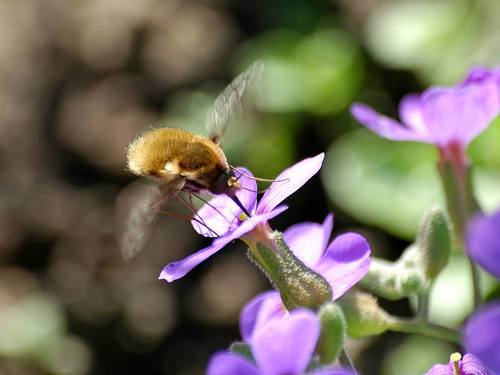
Objectives: The insect thorax is well explored from a systematic point of view but functional and evolutionary aspects of wing reduction or modification are understudied and insufficiently understood. The "big four" thereby provide an excellent model for the study of these adaptations since they rely on very different modes of flight, and have frequent reduction of the flight apparatus among several subgroups. An optimized combination of well-established and innovative techniques such as µ-computed tomography, 3D-morphometrics, histological sections, scanning electron microscopy, 3D-reconstructions and finite element analyses will be used to understand anatomical and functional aspects of different modes of flight and wing reduction.
Expected Results: Deeper morphological and functional understanding about insect flight, wing modifications and reduction. In combination with the mainly genomic-based cladograms retrieved from WPs 2 and 3, a detailed functional and evolutionary scenario for extreme modifications of the insect flight apparatus will be created. The methodological aim is to establish a standard workflow for studies combining morphological and functional / mechanical aspects.
Researching student: LUI Si-Pei

